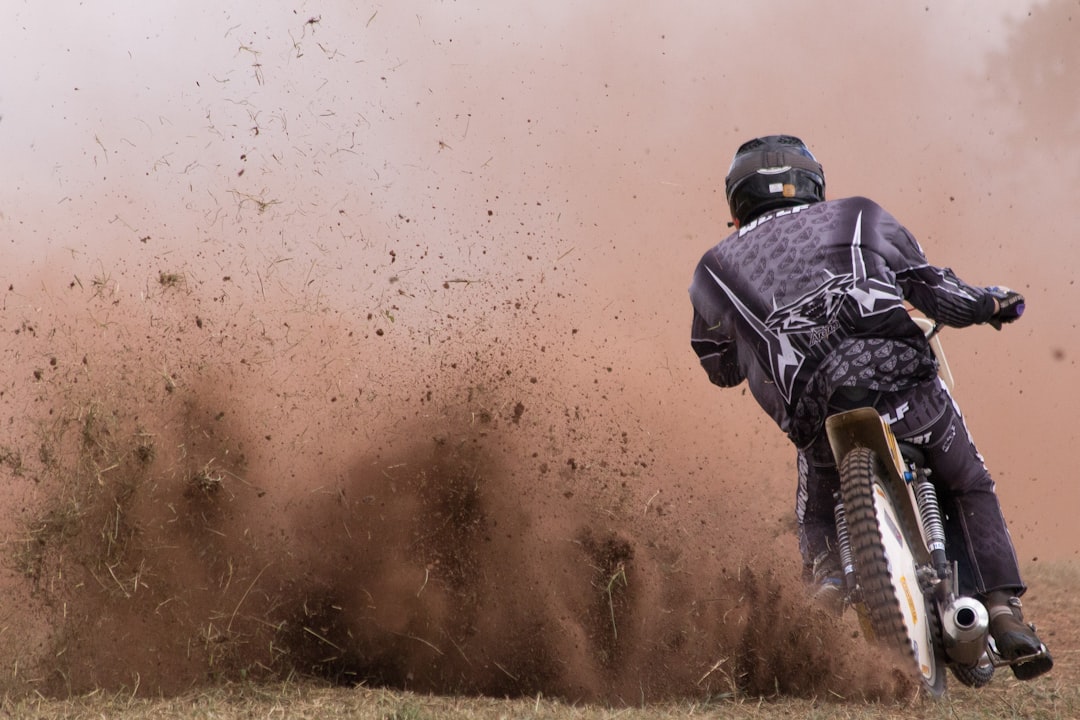What is it about?
The ability to visually represent artefacts, whether inorganics like stone, ceramic and metal, or organics such as bone and plant material, has always been of great importance to the field of anthropology and archaeology. For researchers, educators, students and the public, the ability to see the past, not only read about it, offers invaluable insights into the production of cultural materials and the populations who made and used them. Digital photography is the most commonly used method of visual representation, but despite its speed and efficiency, it often fails to faithfully represent the artefact being studied. In recent years, 3-D scanning has emerged as an alternative source of high-quality visualizations, but the cost of the equipment and the time needed to produce a model are often prohibitive.
Featured Image

Photo by ShareGrid on Unsplash
Why is it important?
Now, a paper published in PLOS ONE presents two new methods for producing high-resolution visualizations of small artefacts, each achievable with basic software and equipment. Using expertise from fields which include archaeological science, computer graphics and video game development, the methods are designed to allow anyone to produce high-quality images and models with minimal effort and cost. The first method, Small Object and Artefact Photography or SOAP, deals with the photographic application of modern digital techniques. The protocol guides users through small object and artefact photography from the initial set up of the equipment to the best methods for camera handling and functionality and the application of post-processing software. The second method, High Resolution Photogrammetry or HRP, is used for the photographic capturing, digital reconstruction and three-dimensional modelling of small objects. This method aims to give a comprehensive guide for the development of high-resolution 3D models, merging well-known techniques used in academic and computer graphic fields, allowing anyone to independently produce high resolution and quantifiable models.
Perspectives
Even as new technologies revolutionize the field of archaeology, practical instruction on archaeological photography and three-dimensional reconstructions are lacking. The authors of the new paper hope to fill this gap, providing researchers, educators and enthusiasts with step-by-step instructions for creating high quality visualizations of artefacts.
Jacopo Niccolo Cerasoni
Loyola University Chicago
Read the Original
This page is a summary of: Do-It-Yourself digital archaeology: Introduction and practical applications of photography and photogrammetry for the 2D and 3D representation of small objects and artefacts, PLoS ONE, April 2022, PLOS,
DOI: 10.1371/journal.pone.0267168.
You can read the full text:
Resources
Contributors
The following have contributed to this page










